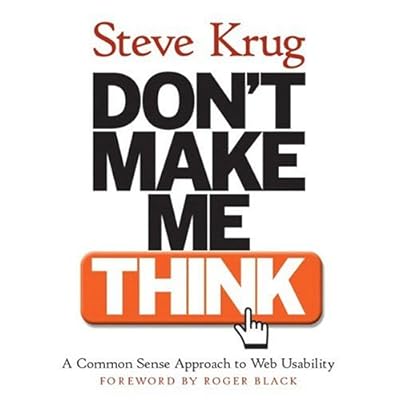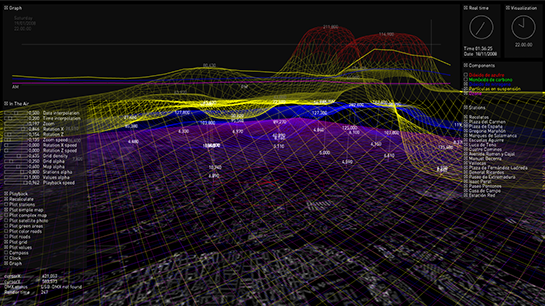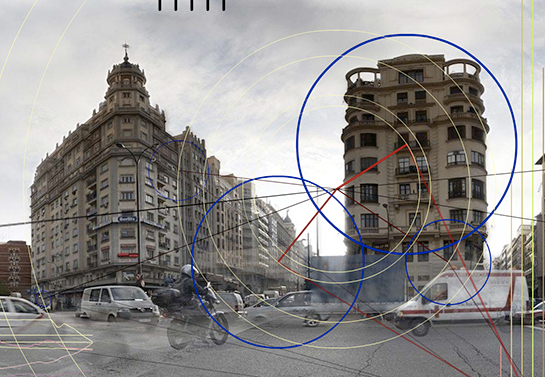I hate ‘speak to me’ phone menus. Numbers and buttons are accurate and FAST. how long does it take to push a button? how long does it take to say ‘check my balance’?
3 more reasons why voice menus don’t work.
1. I have no privacy. I have to say it out LOUD into the phone in the middle of a waiting room at the dentist or in a crowded elevator or even in the middle of the cubicle land. No, I don’t like people knowing what I am doing exactly at this minute.
2. Again, it’s also about noise. I can’t always control the noise level of my surroundings. Sometimes kids are crying or cars are honking or some idiots are revving their engines for no reason.
3. Less offensive to most of you but I am not a native speaker. I have an accent (some find it cute!) but the fact of the matter is I sometimes pronounce certain words in a non American pronunciation. The voice recognition system gets screwed up and it doesn’t know what to do and freaks out. Eventually, they made me speak to a real person. Why can’t I just push some buttons on my phone and be done with it — FASTER, SIMPLER and in a more PRIVATE manner?
The take away is provide options for different types of user to optimize the user experience. The optimal solution is to ask the user if he/she would rather use a touch tone dial system. Not giving the option to opt out of the voice menu system is in a way saying “I, the system designer, know what’s best for you, silly user. I know this is the best option whether you like it or not.”
Dictating how user should interact with your system is just arrogant.
This post is sparked by this blog post from Signal vs. Noise blog.

![Reblog this post [with Zemanta]](http://img.zemanta.com/reblog_e.png?x-id=0cc5c688-d4e2-420b-9e3b-b8b583005f13)










 Street View’s split screen, when it’s working.
Street View’s split screen, when it’s working.